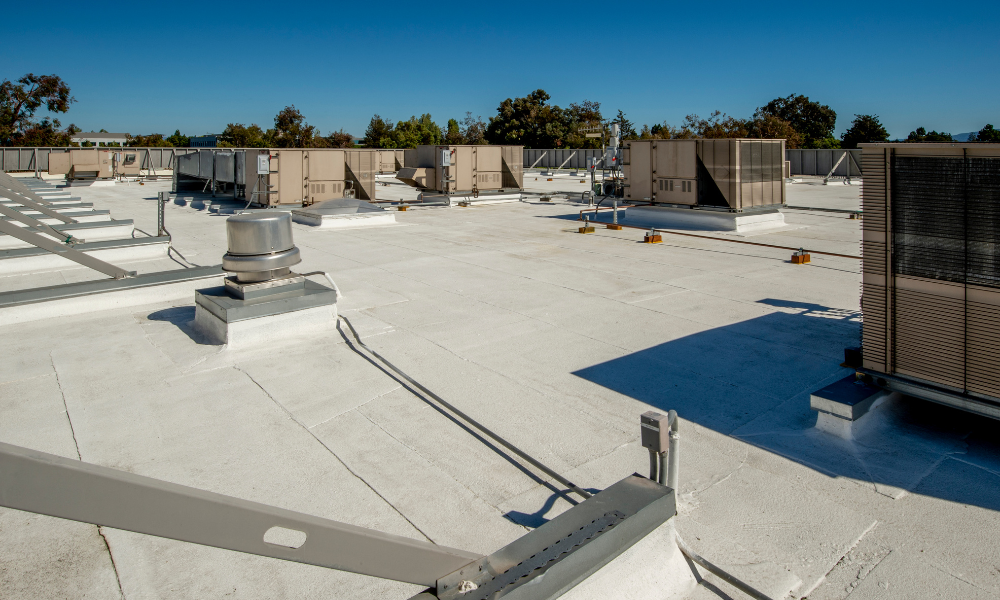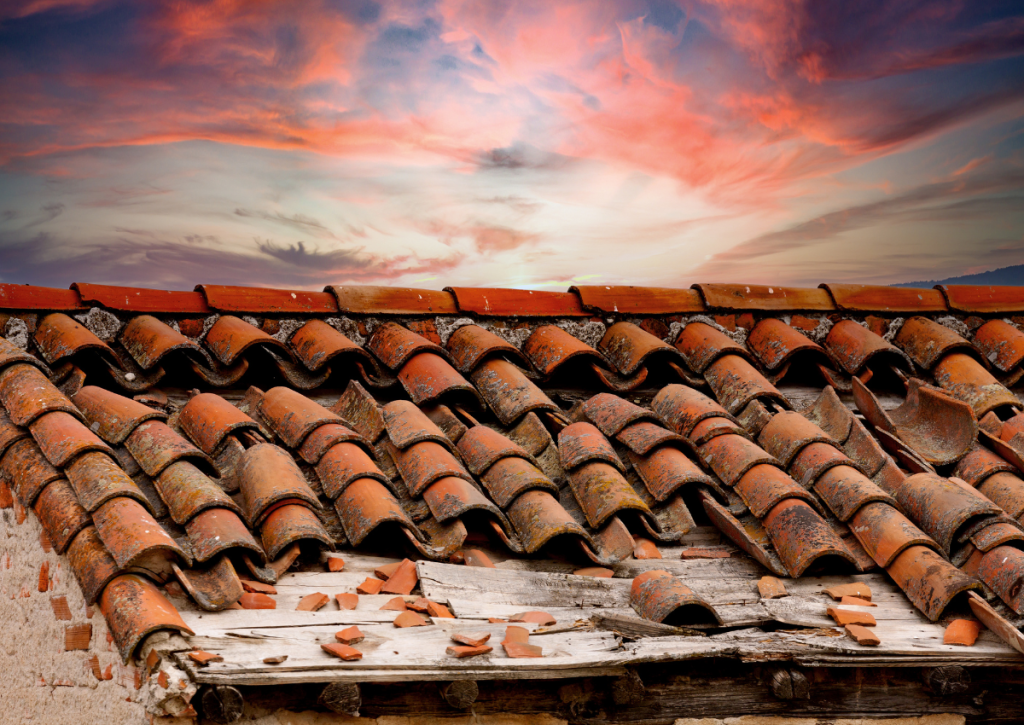If you’re a building owner, one of your main priorities should be waterproofing your commercial property. Water might not seem like a huge concern, but standing water and persistent moisture can seriously affect the longevity of any wall or structure.
The following are a few things you need to know when waterproofing commercial buildings.
Are You Exposed to Water Damage?
From seeping into your Heating, Ventilation, and Air Conditioning (HVAC) system and damaging your air conditioning, water can be quite damaging. Failure to make use of commercial waterproofing systems can lead to water damage. The most common effects are:
- Bleached paint
- Softened plaster
- Metal corrosion
- Paint bubbling
- Warping of wooden material
- Termite infestation and proliferation
- Mold infestation
- Disintegration of stone, tile, or brick
These are just a few things we typically observe when there is water intrusion in a commercial structure. You must understand where the water comes from and how to waterproof your property if you want to effectively prevent moisture damage — water intrusion often takes place at the building envelope, so watch out for this.
5 Things You Need to Know About Commercial Waterproofing
Commercial waterproofing needs to be one of your top priorities when developing or managing a commercial property. Your hard work could be damaged by water if the correct seals and caulking aren’t used, which can result in bigger issues such as mold and dry rot.
We’re here to guide you through the commercial waterproofing process so you can protect your commercial property for many years to come:
1. Below Grade Waterproofing

It’s crucial to waterproof the entire building, but you should really start at the foundation. The waterproofing that is done below ground level and comes into contact with a structure or building is referred to as below-grade waterproofing. More specifically, this kind of commercial waterproofing entails treating a structure or surface to stop water from entering while under hydrostatic pressure.
You can prevent water damage to your commercial building and make sure the underground section of the structure operates as it should by employing waterproofing caulking, sealants, and membranes.
2. Above Grade Waterproofing

It is simpler to waterproof and seal the portion of the building that is above grade than the one that is below grade. A building’s outer walls can be checked for cracks that water could enter and cause damage by hiring a waterproofing company.
Waterproofing companies might use a number of sealants and coatings to prevent water from penetrating the façade; for instance, some sealants are developed specifically to be applied on bricks, while others are intended to seal concrete.
All of the building’s windows and doors must be sealed and waterproofed; expert waterproofers can inspect the structure and find any possible weak points so they can be corrected before they cause issues.
3. Type of Waterproofing Solutions
One of the most crucial ways to waterproof the entire building is through proper finishing. If the materials are not correctly completed, water damage will be more likely to occur. The pores of porous materials, such as drywall, can be filled to prevent dampness. A few techniques that building owners can consider are:
Polyurethane Membrane Waterproofing:

This technique is particularly well-liked for flat roofs because it has a high degree of flexibility and is suited for a wide range of applications. This is also useful when it comes to protection against UV rays.
Bituminous Membrane Waterproofing:

Bituminous membrane can be applied by laying it on top of the material rather than using a roller to apply the coating.
Liquid Membrane Waterproofing:
This is another popular technique for waterproofing commercial buildings. In essence, the substance is covered with a membrane.
Cementitious Waterproofing:
One of the most common methods for waterproofing a commercial structure is the use of cement. This works hand in hand with masonry products and is quite a simple method.
Bituminous Coating Waterproofing or Asphalt Coating:

Bituminous coating is another common option for commercial waterproofing. It employs a different formulation that may be superior for adhesion to some surfaces, yet it is flexible like the liquid membrane.
4. Preventative vs. Reactive Waterproofing solutions
You are probably thinking about taking proactive or corrective actions that determine the type of commercial waterproofing solution you require. Since waterproofing the foundation is a typical component in the construction process, the former typically occurs throughout a build. You ought to be well-versed with the employment site itself throughout this stage.
5. The Benefits of Different Materials
Waterproofing is crucial for preserving the assets of your company. Sealants will eventually degrade and require repair, which will involve removing the damaged components, inspecting the surface, applying the repair, and testing it destructively to see how long it will persist.
Finding the issues and addressing them using the appropriate sealants for your particular structure and area is the key to avoiding damage and unnecessary costs. Certain materials are more beneficial than others.
[Related: Commercial Roof Replacement Cost In Arizona: 7 Things To Consider]
Get A Free Quote From Roof Waterproofing Experts

Do you want to protect the structural integrity of your commercial building? From roof leaks to cracks in your parking deck, it can all be a little overwhelming. Easy Roof Solutions understands this, which is why we don’t provide costly repairs that will set you back.
When it comes to waterproofing your outdoor applications, we’re the team for you! Contact us today for a free estimate.
Ken Byler
Founder of Easy Roof Solutions, LLC. He started in the construction industry at the age of 14 and has been involved in it for over 25 years. His wide experience in commercial roofing speaks for itself.
Outside his roofing work, Ken enjoys being in the great outdoors, traveling to new places, and bonding with his wife and children.





